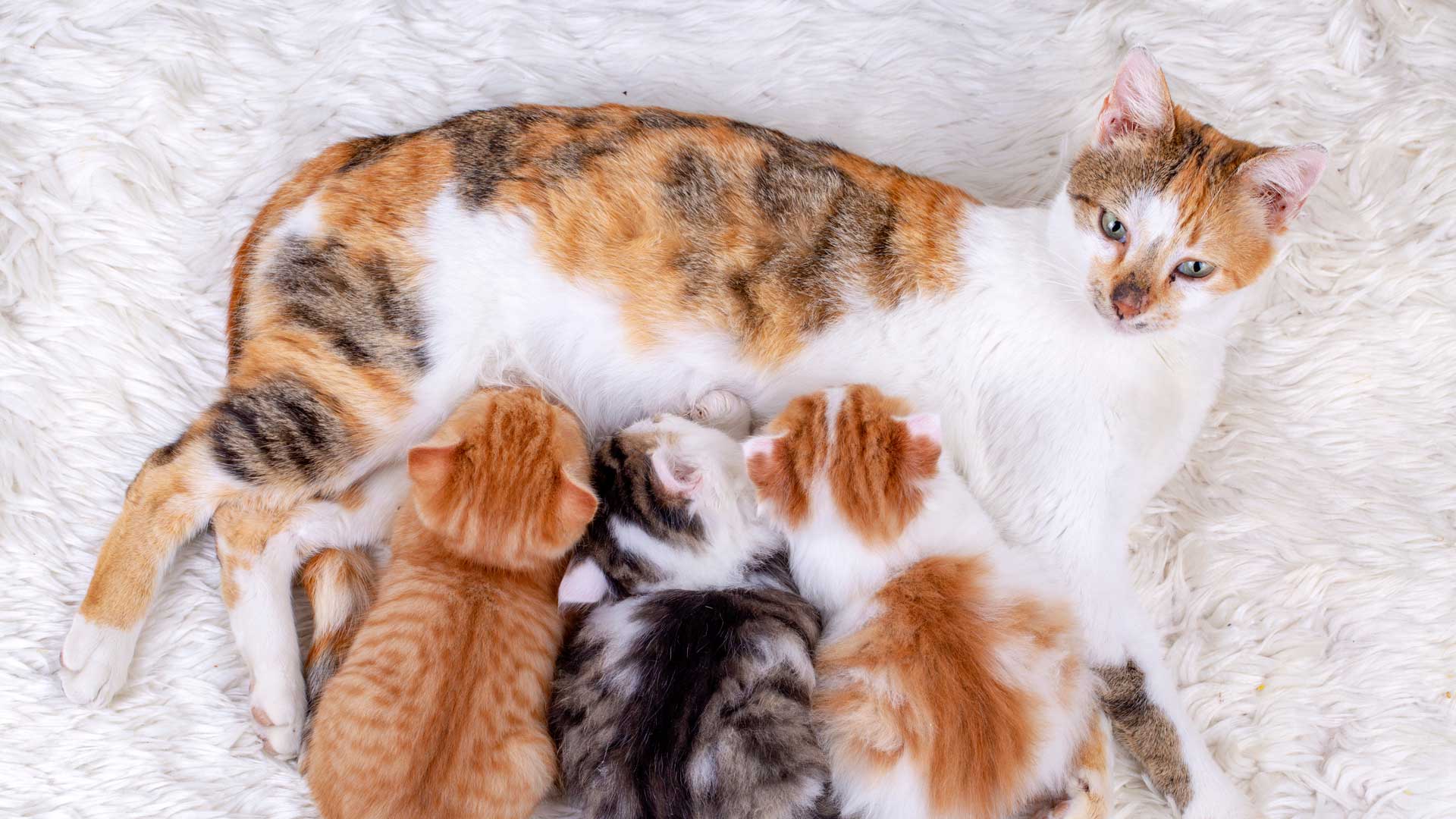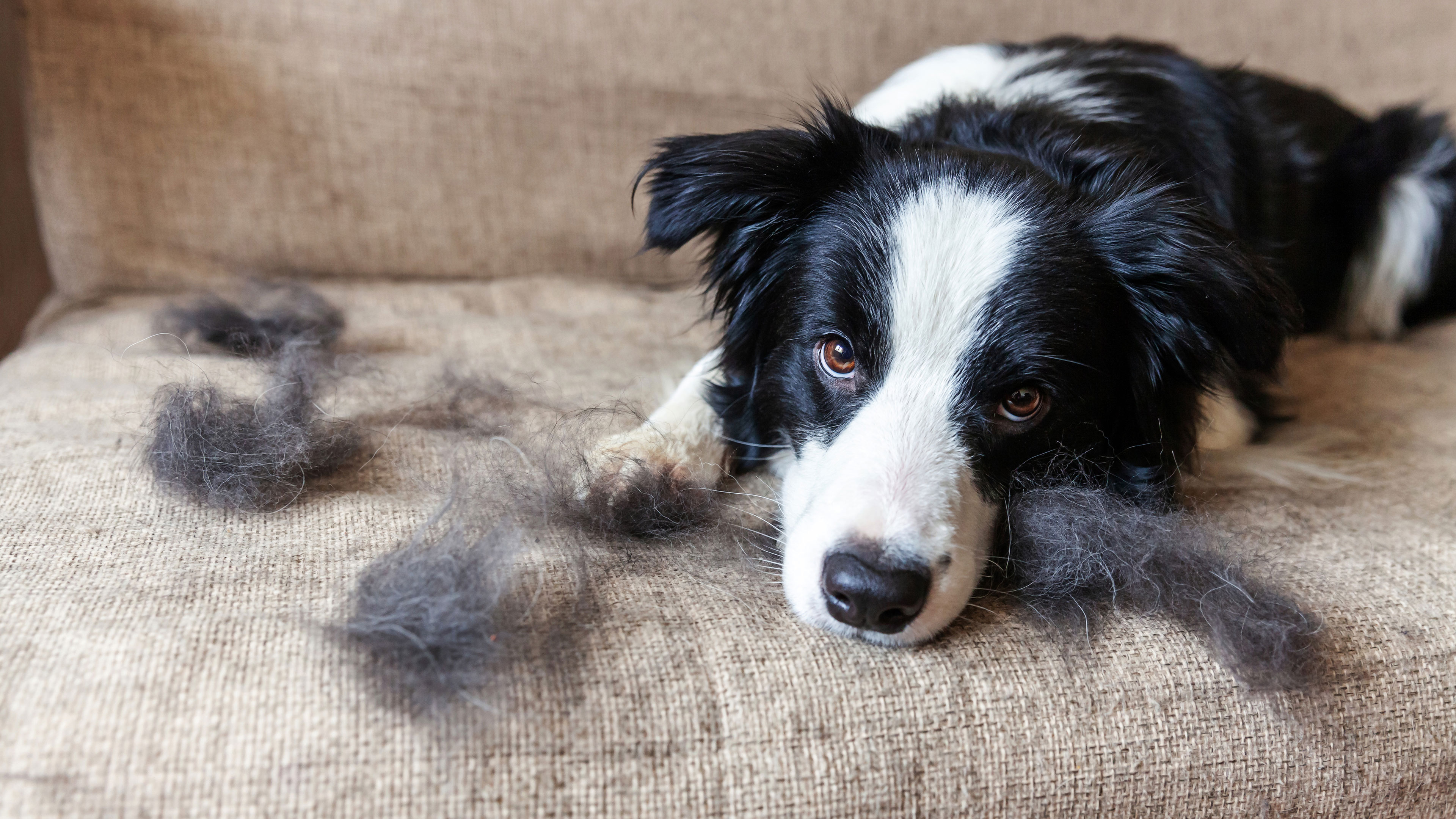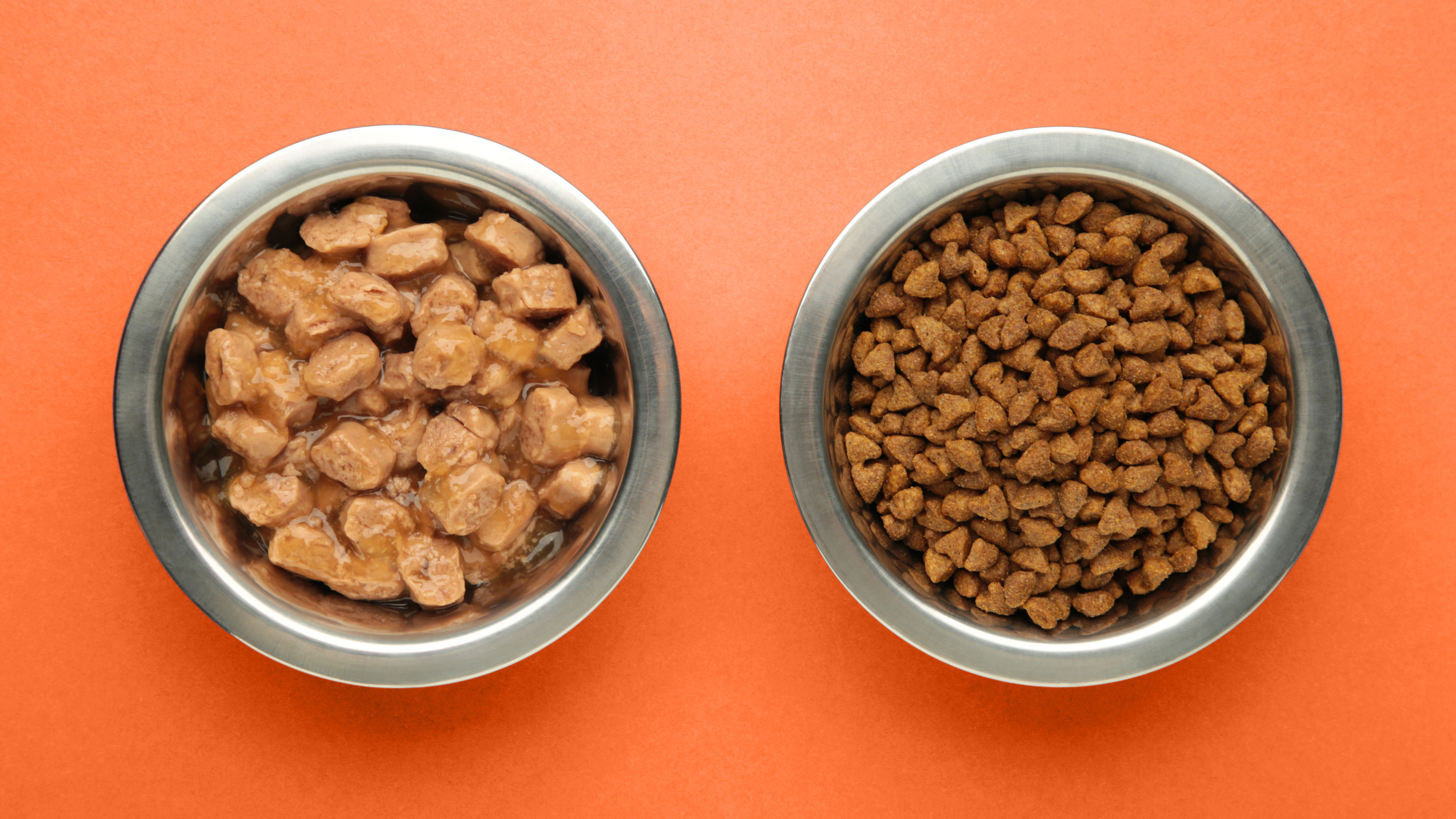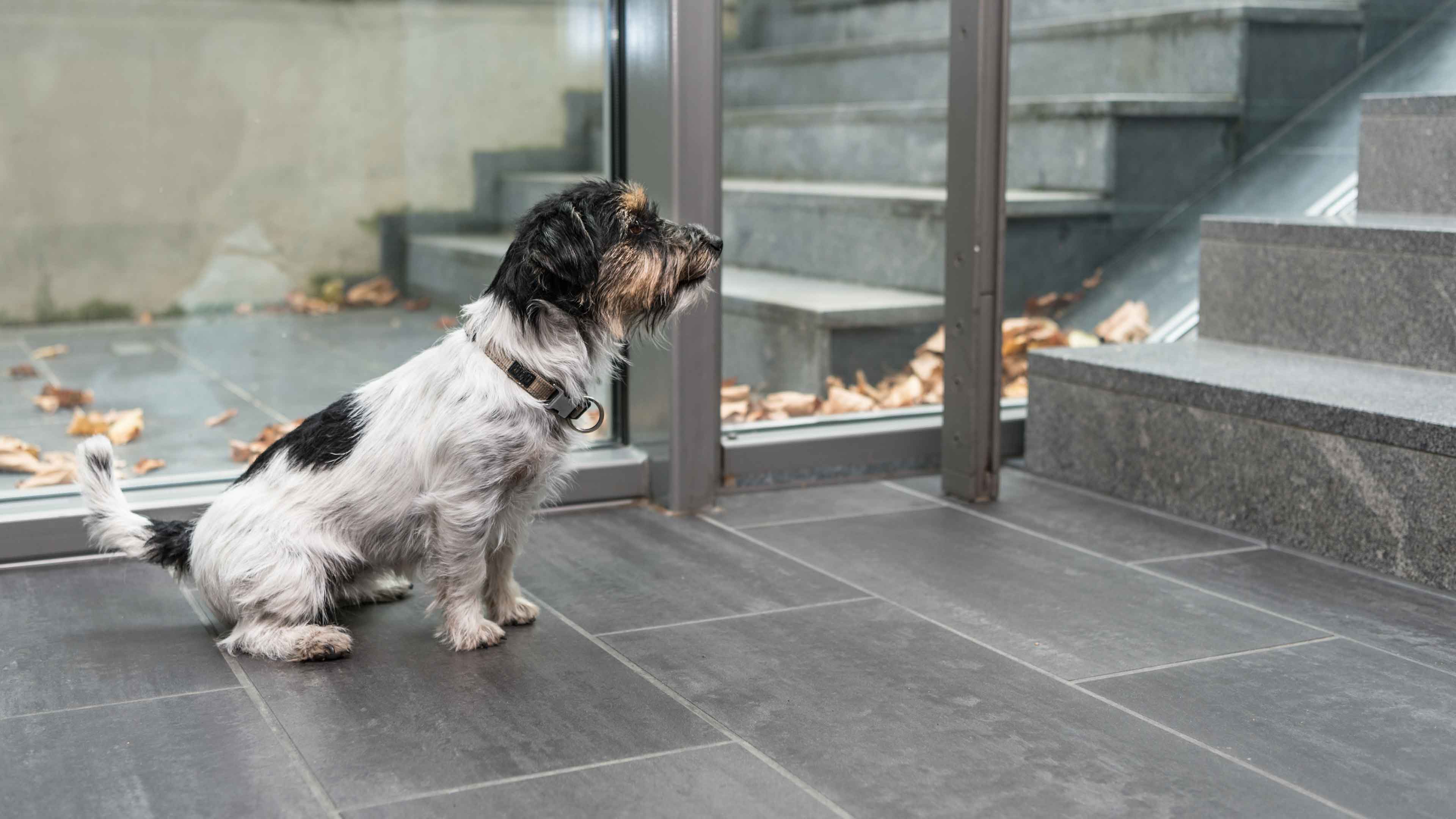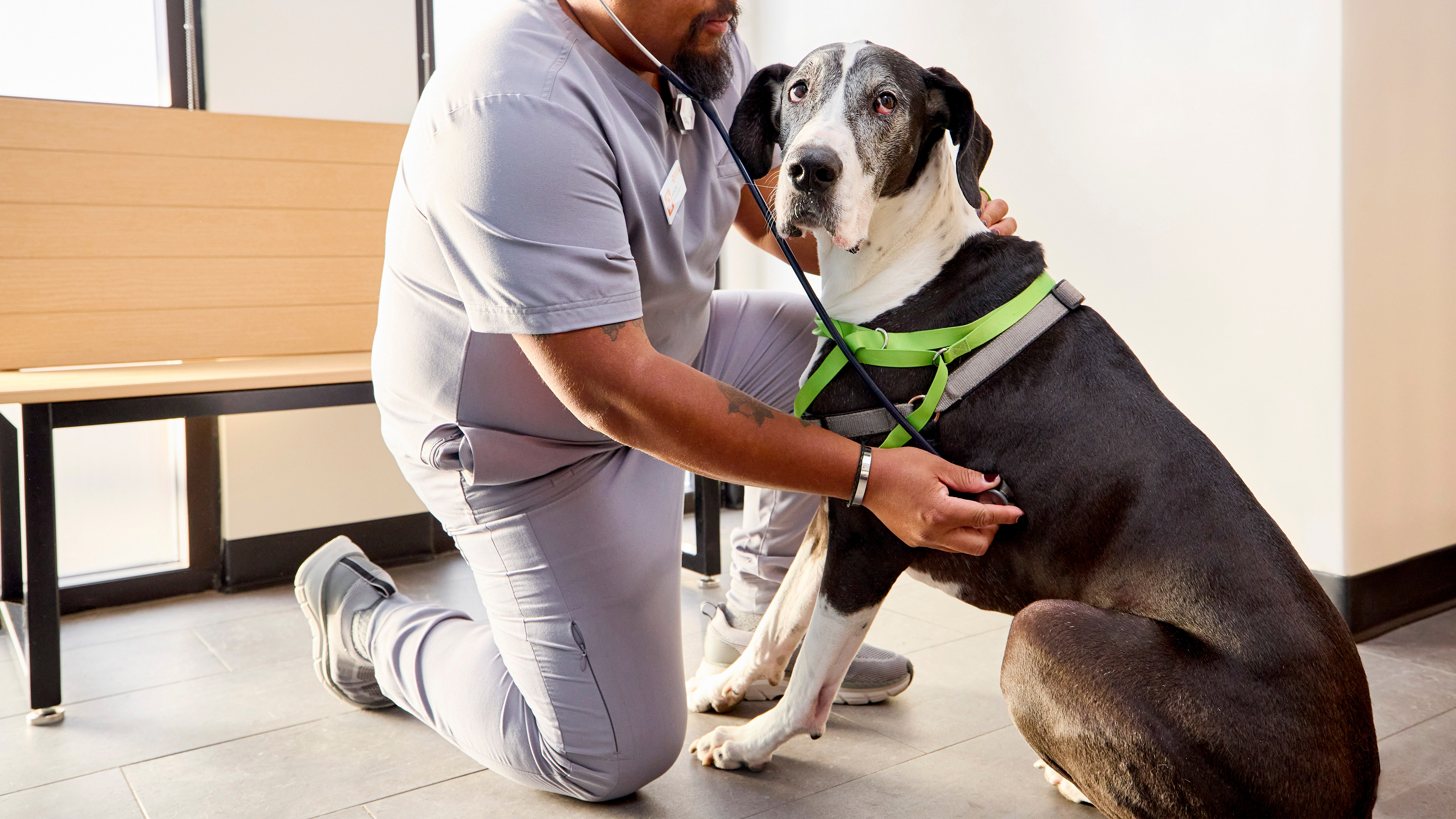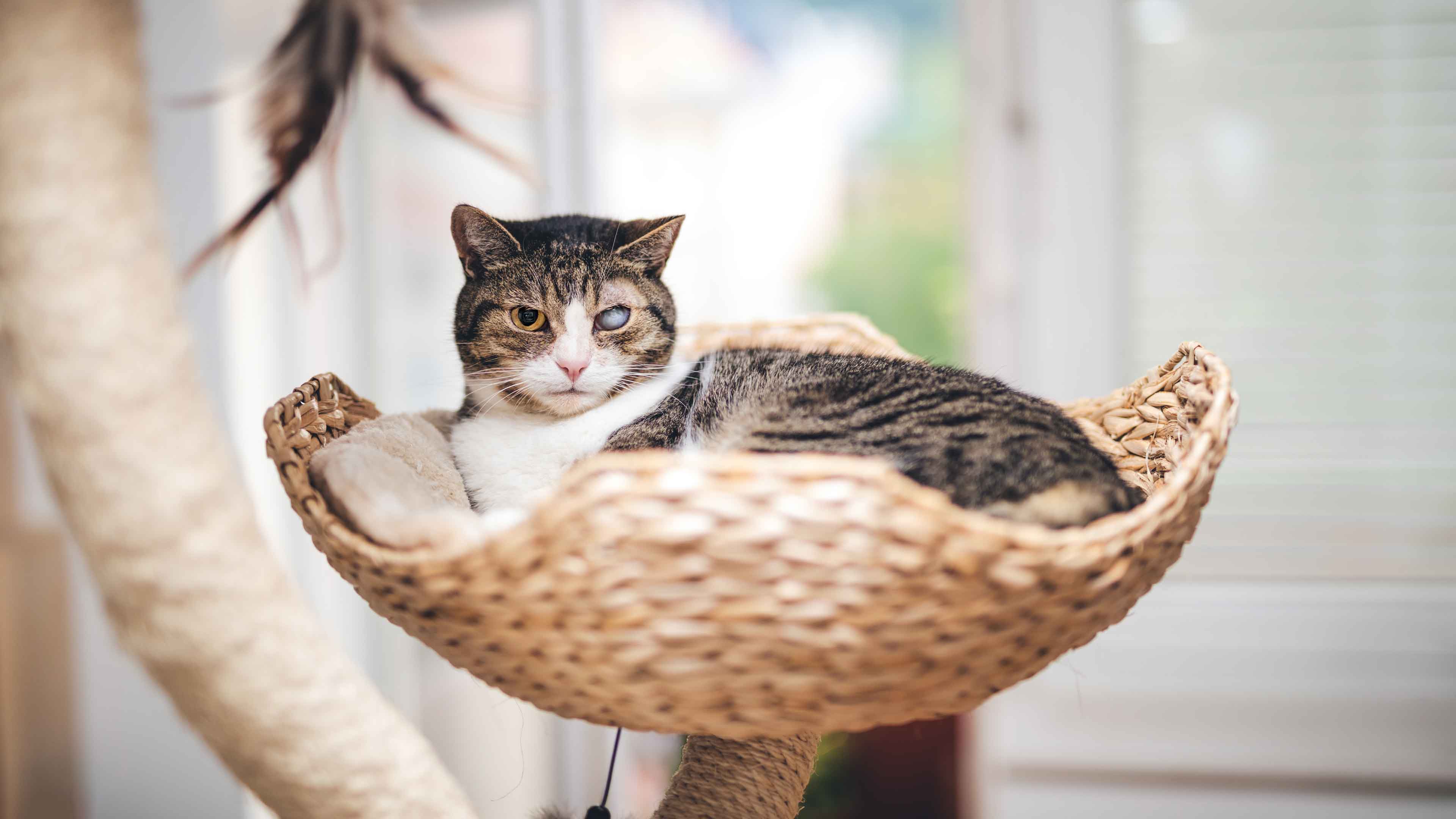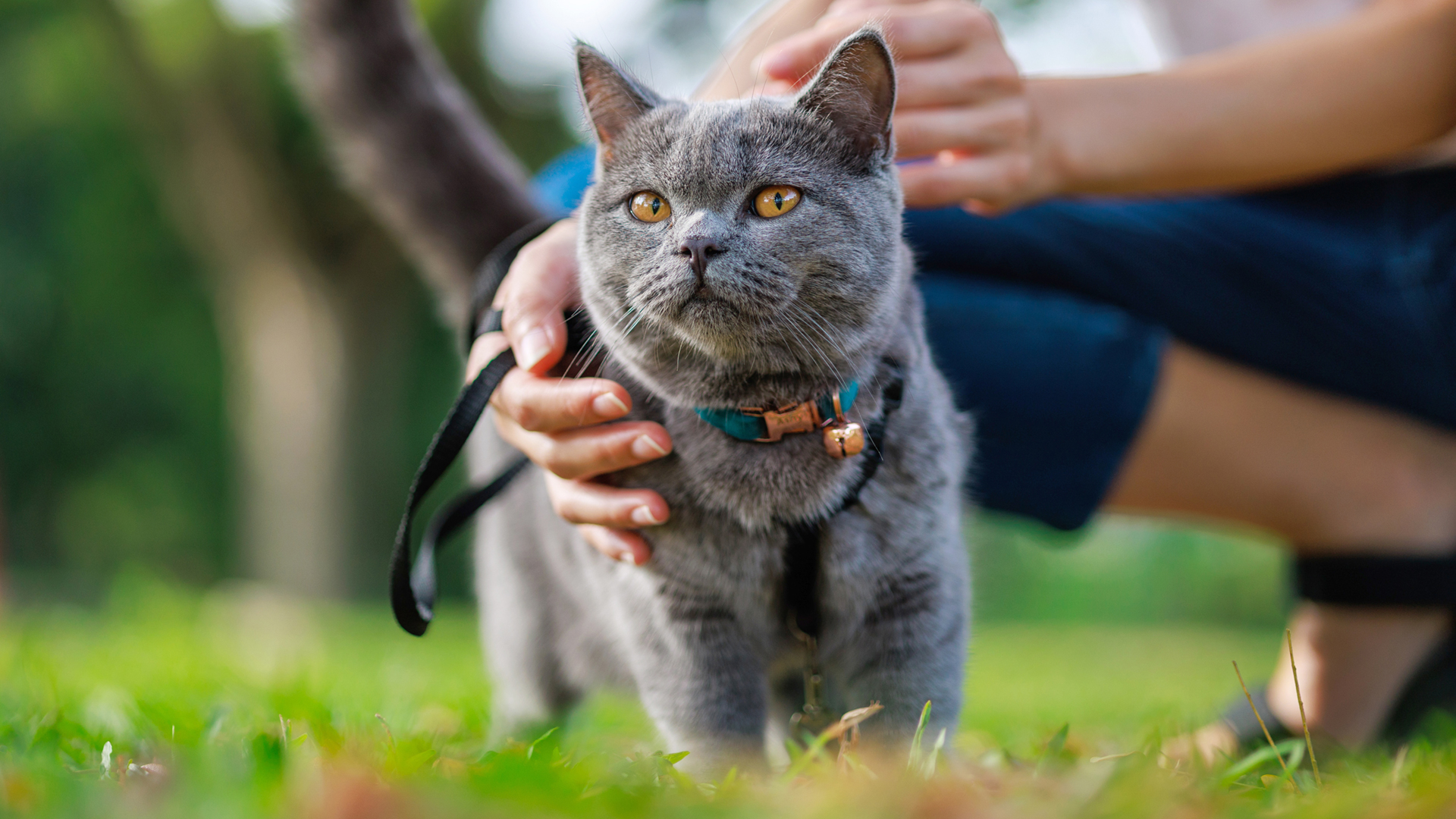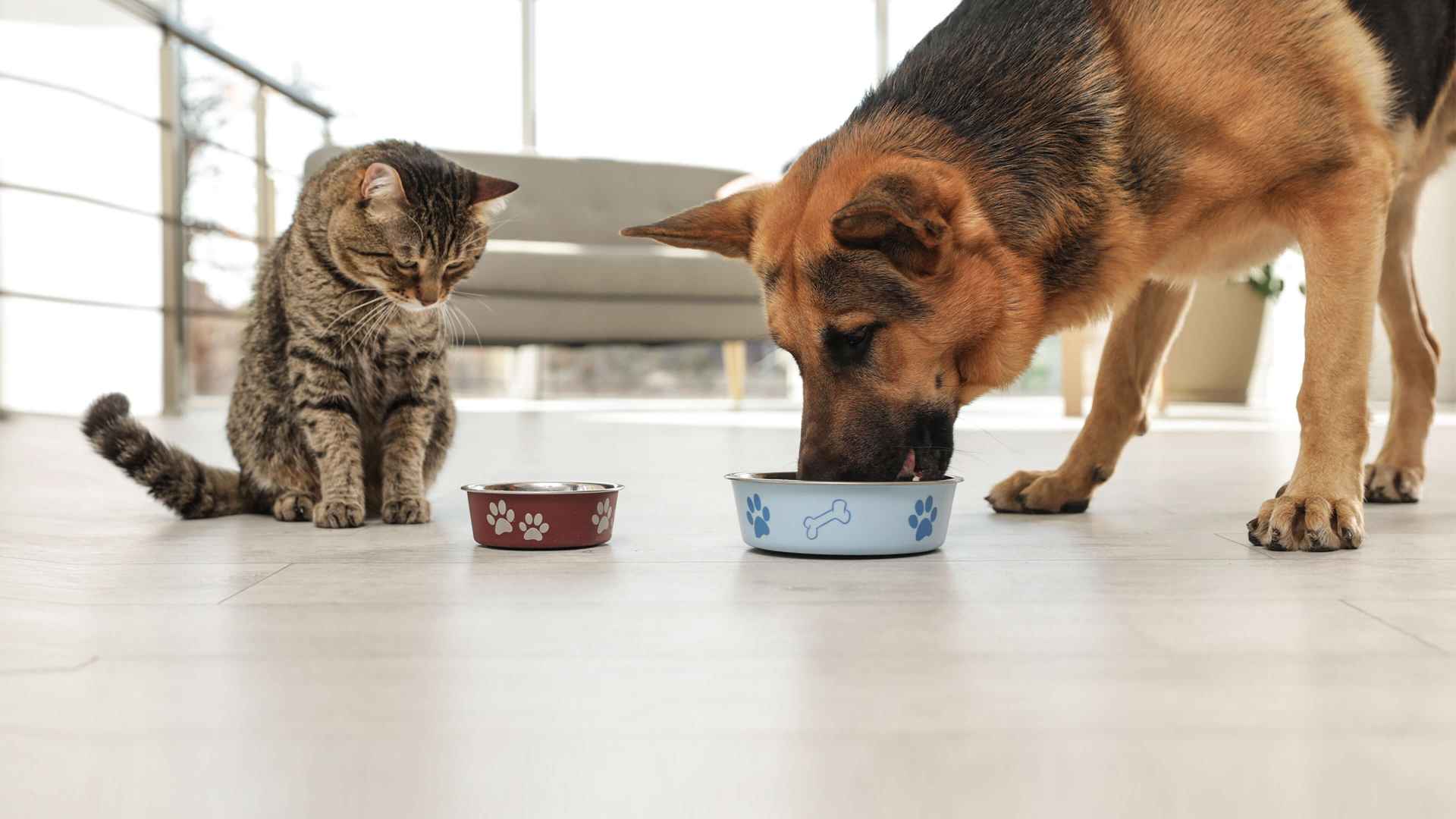tips for caring for your pregnant dog or cat
Congratulations — your dog or cat is expecting a cute little puppy or kitten…or two…or seven! (Hopefully this is planned pregnancy. If not, please speak with your veterinarian about options to avoid pregnancy after reading this article.)
As exciting as an impending litter of puppies or kittens is, bringing them into the world is no small task. As a pet owner, it’s important you know the ins and outs of dog or cat pregnancy and birth, so your pet and their brood have the best chances of being healthy. Below, we’ll dig into how to care for your expectant furry friend and how to provide them comfort when the big day comes.
The basics
Please avoid pet pregnancy before talking to your vet. It’s important that pets are vaccinated and tested for sexually transmitted diseases before conceiving. That way you know that you are breeding to a healthy pet.
Dogs are pregnant for an average of 57-65 days, roughly two months, give or take. Similarly, cats are pregnant for an average of 63-65 days. Your veterinarian will give you a range of days you should anticipate for the litter’s arrival.
Veterinary care
First and foremost, it’s important to ensure your pet receives veterinary care for their special needs while pregnant. Your vet will discuss pregnancy nutritional needs and help you create a plan for delivery, including the possible need for a C-section or emergency care.
At around 45 days, your veterinarian will take an X-ray to count the babies and see if there are any issues with their size. Make sure your veterinarian is comfortable walking you through your pet’s pregnancy; depending on their expertise and your pet’s special needs, they may recommend a specialist.
If your pet is already on medications, your veterinarian might recommend changes during the pregnancy. And ideally, your pet will receive vaccination boosters before the pregnancy starts.
The big day, otherwise known as whelping day (dog) or queening day (cat)
Now that the big day is almost here, you’ll want to get your pet’s birthing box ready. Here are a few things to know:
- The birthing box should be in a quiet and comfortable area that your dog or cat can easily go in and out of
- The box should include soft bedding such as towels, blankets, newspapers, or disposable pee pads
As the person helping with the birthing process, you’ll need:
- Disposable gloves
- Bulb syringe to clear the puppies’ or kittens’ airways
- Unwaxed dental floss to help cut umbilical cords
- Iodine to disinfect the umbilical cord stumps
- Heating pad to keep the puppies or kittens warm
- Thermometer to monitor mama’s temperature
- Scale to monitor puppies’ or kittens’ weights
- Trash bags to dispose of soiled bedding
What to look out for
You’ll know that the big day is here when your pet begins nesting, panting, shivering, or hiding, or appears restless. They will also experience a temperature drop.
Most dogs and cats give birth independently, but you may need to step in and help stimulate breathing for the puppies or kittens or cut the umbilical cord. If mama shows signs of distress such as struggling to breathe or acting very weak, is emitting foul smells, or has strained for 30 minutes without producing a puppy or kitten, it’s important to contact your vet immediately.
After birth
Now that your sweet little ones are here, it’s important to monitor both mama and the babies to ensure there are no signs of distress. Here are a few things you should look out for:
- Make sure that mama is nursing all of her babies
- Check mama’s temperature to ensure she doesn’t have a fever
- Check babies to ensure they’re gaining weight and not showing signs of weakness
- The mother will have vaginal discharge called lochia that can be green, red, or brown and may last up to 8 weeks. If the discharge is foul smelling or there is heavy discharge or bleeding, it’s time to call your vet
You’ll also want to keep mama and her litter in a safe and quiet location for at least 6–8 weeks (and make sure it’s easy for her to exit and go to the bathroom). That way she can bond with her new, sweet family!
 Mites and mange
Mites and mange Podcast - Not Just Fluff
Podcast - Not Just Fluff
